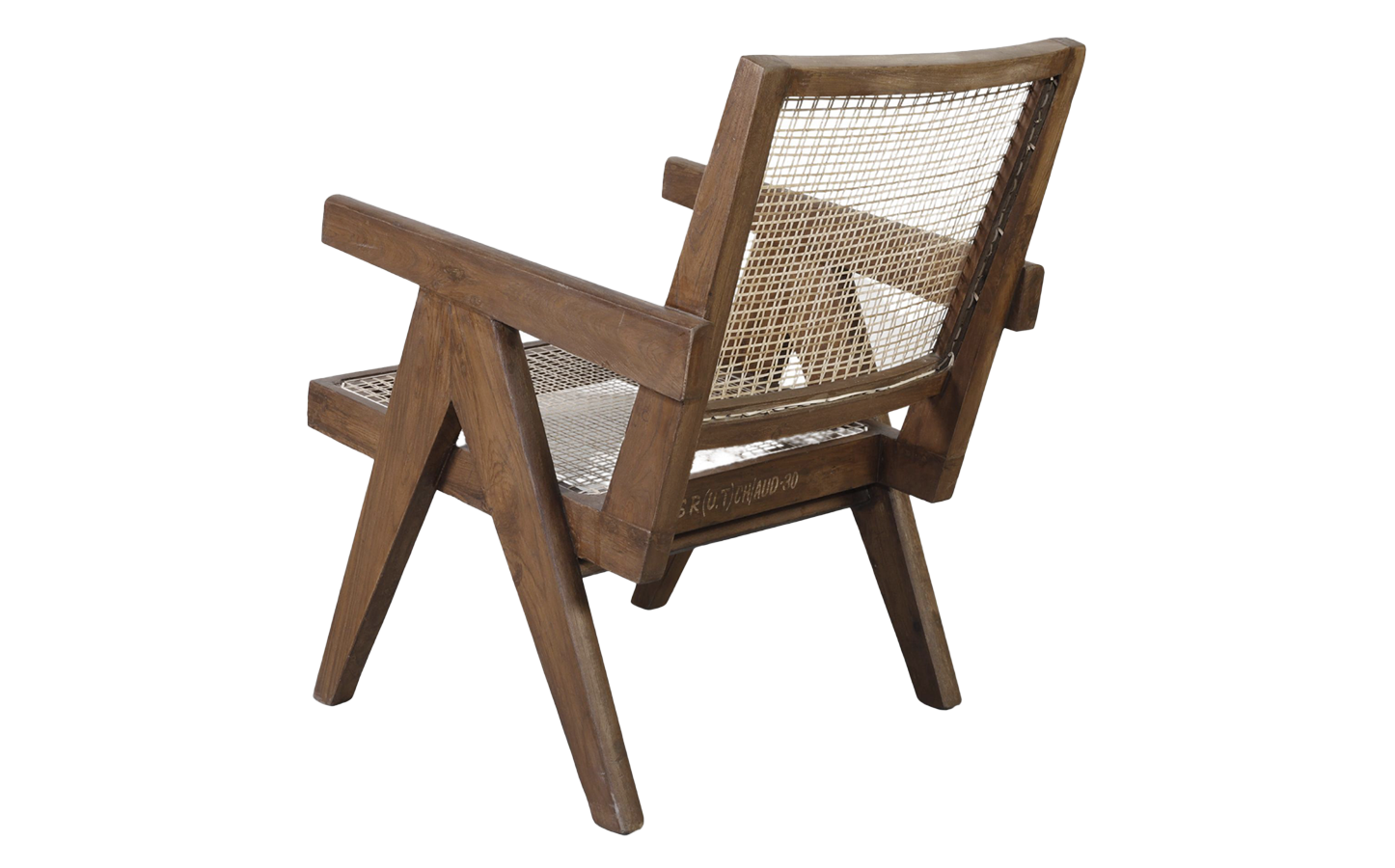The eternal dilemma of a renovation
About baseboards, chairs with history and summer getaways
THE BASEBOARD
The baseboard has long been the forgotten element of renovations. But we're here to tell you to pay attention to it because it deserves it. It may seem like a small, inevitable decision, with few variables to choose from. However, the possibilities are numerous, and its impact is significant. Whether it's present or absent, or whether it has a certain height, will make your home feel different.
If you're not sure where to start, the simplest and most natural approach is to choose it based on the doors. In other words, if your doors have casings (or perimeter moldings), make sure the baseboard continues the style of these. Conversely, if your doors are going to be more minimalist (with visible frames, no casings, or invisibles), opt for a flush baseboard against the wall, a subtle shadow, or consider even deleting it.
There are no strict rules for this, but we can offer you a valuable piece of advice: try to avoid, whenever possible, the "standard" baseboard. That is, the one that runs along the wall, with a height between 7 and 10 cm, painted in white and completely smooth. There's nothing wrong with it, but it might make your home seem less unique. As an alternative, we propose two ideas:
Tall baseboard - starting from 12 cm, although 15 cm is even better - with some decorative detailing: perfect for a home with a more classical aesthetic, this is the perfect example.
Mini baseboard - around 3 cm in height or less - to make it completely inconspicuous, with its sole purpose being to conceal the junction between the walls and the flooring, much like the one in this house.
A CHAIR WITH HISTORY
Even if you don't know its name, you've surely seen it in a thousand photos. Its geometric design with V-shaped legs and natural wicker gives it away. But what's most fascinating is its history. In essence, Le Corbusier, the architect tasked with designing the Indian city of Chandigarh in the 1950s, entrusted the furniture for the project to his cousin Pierre Jeanneret (or at least, that's the most widely held belief, as no documents bearing his signature have been found to date).
Over the years, these pieces began to be seen as outdated and unfashionable, piling up in attics and even on balconies, completely abandoned. And so they remained until the 1990s when they were rediscovered and brought into the limelight by some European auction houses and art dealers. Today, their fame is so widespread that the Indian government has prohibited them from leaving the country without prior consent, and the few that do fetch astronomical prices.
***
If you love them but aren't willing to invest in an original piece, here are some alternatives:
A SUMMER GETAWAY
If we had to choose one place in the world to escape to and savor the pure sensation of summer (light clothing, tousled hair), it would undoubtedly be the Portuguese Alentejo region. For one reason or another, many of our vacations have ended up in those lands that we now inexorably associate with tranquility. And, apparently, we're not the only ones with this rare devotion. In these two interviews (here and here), you can read how the ubiquitous architect Vincent Van Duysen, who recently inaugurated a house in the area, talks about the region. If you're not familiar with his work yet, we invite you to take a look. You're going to love it.
And as it couldn't be otherwise, we bid farewell with some great recommendations in case you fancy a last-minute Alentejo getaway:
If you know the area, we'd love to hear more so we can share it in the next letter :)
Happy Summer,
Ana & Edgar
Some of the links we share belong to affiliate programs. This doesn't change how you shop or affect the price; it simply means that with your purchase, we receive a small commission for contributing to the sale. Thank you!







